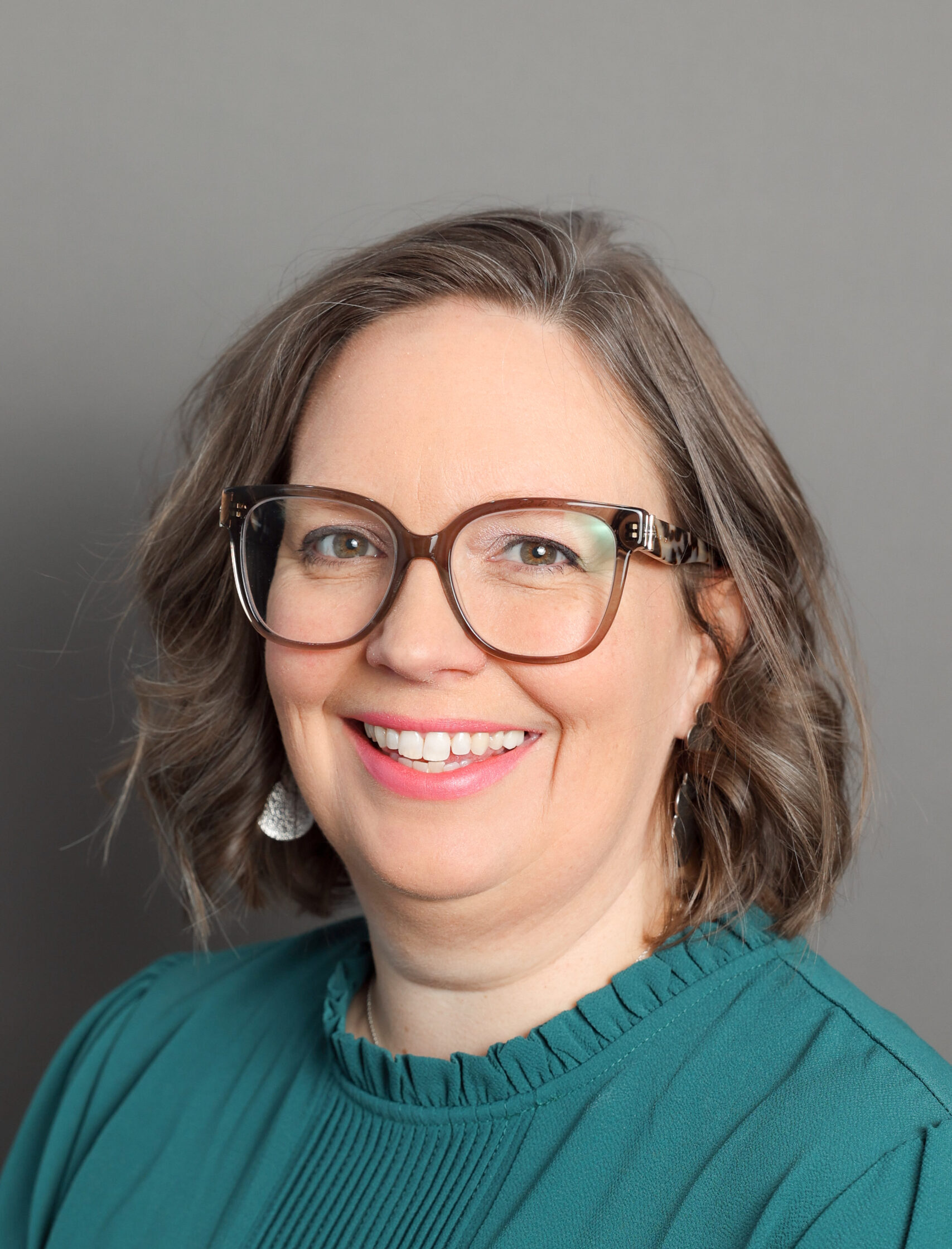Portions of the Midwest region, where I work, have experienced elevated drought conditions in 21 of the last 22 years. “About 85% of the Missouri River watershed is in drought or near-drought,” according to an analysis of the April 7 national Drought Monitor’s report.
I am on a quest to learn how I and other funders can incorporate drought into our thinking and grantmaking.
I recently attended the Upper Missouri River Basin Drought and Human Health Workshop in Bozeman, Montana. There I heard the impacts of drought described in these words:
Delayed.
Long-term.
Threat-multiplier.
Devastating.
Persistent.
And I heard a list of direct and indirect impacts on human health:
Heat.
Fire.
Dust.
Disease.
Increases in suicide.
Food shortages.
Air quality.
Access to water.
And the list goes on and on.
But one quote attributed to a U.S. government official at a federal drought meeting stopped me in my tracks: “Floods kill people, but droughts destroy civilizations.”
Drought causes significant challenges throughout the Midwest Early Recovery Fund’s 10-state region and is a serious concern in other regions of the U.S. and across the globe. Despite knowing some of the implications of persistent, evolving drought, I want to understand what I, as a grantmaker, can do to address community needs during drought.
After fires, severe storms or flooding, we know that people may need recovery assistance with food, housing and psychosocial support. We have leading practices about how communities can create coalitions and define engagement around equitable, whole community recovery. But drought is different. Or is it?
During drought, individuals and households may need similar assistance with food, housing and psychosocial support. During drought response and recovery, we need engagement at the community level to understand solutions and adaptations. Communities need funding for capacity and planning. Like other extreme events, drought requires cross-sector collaboration, partnerships between public and private entities, and advocacy for equitable recovery. Share on X
As my quest continues, here are three actions that I will take to address community needs; I hope that you might consider joining me.
Fund capacity, including staff wellness, training and recruitment. Everyone is talking about it; there isn’t enough capacity. We need more people in public health, emergency services, planning and nonprofits committed to addressing climate change and the impacts of extreme events. We need new leaders to emerge, and we need to help those who are burnt out by supporting wellness opportunities and training.
Support implementation. There are a lot of excellent ideas out there, and while more research is always critical, we need to fund the implementation of these ideas quickly. I heard leaders talk about seemingly small-scale ideas, for example, air quality monitors for elementary schools and inexpensive but highly effective air filters for homes. These solutions could decrease incidents of asthma and other respiratory illnesses in communities affected by wildfire smoke and ultimately help communities adapt to persistent drought conditions. The barriers to implementing these ideas include funding and staffing. Find these groups and individuals, listen to their ideas and resource needs and fund them to implement now.
Create opportunities for cross-sector engagement. Just as in any disaster recovery, no one agency or organization can do it alone. As funders, we have a chance to create spaces and break down silos. It’s time to engage housing professionals, emergency management, public health and other health professionals, food and agriculture leaders, religious and cultural leaders, business leaders and social service providers in identifying and implementing solutions.
I returned home to Fargo, North Dakota, during a historic blizzard, with some areas of the Missouri River Basin getting three-plus feet of wet, April snow. The new moisture may or may not alleviate some drought concerns for this area; time will tell. But drought will persist somewhere, and extreme weather and climate events will continue.
Whenever I am overwhelmed by the reality of a world amid great turmoil and change, I remember the virtual and in-person rooms, like the one on Bozeman, full of leaders, academics and practitioners working hard every day to identify the problems and implement solutions. While the future is uncertain, I am confident that we can find ways to adapt together.

